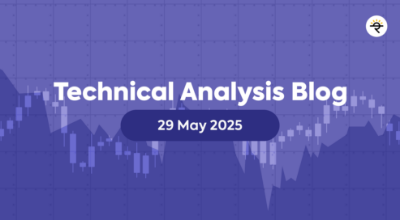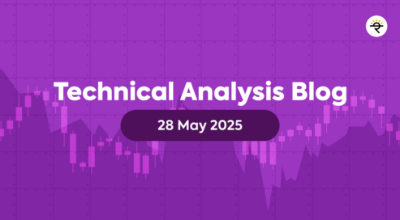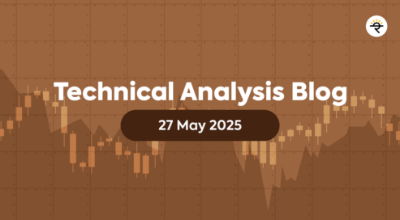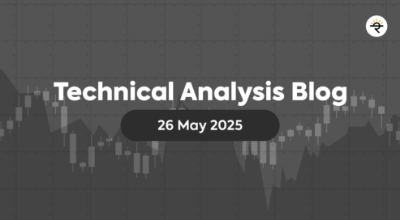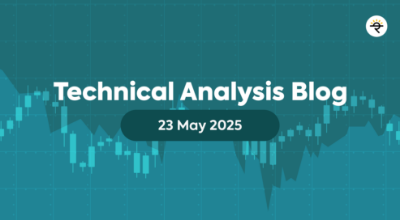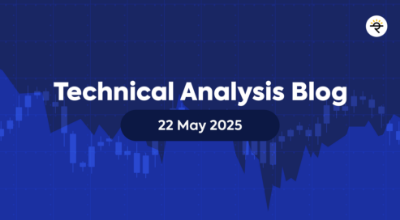In technical analysis, support levels play a crucial role in helping traders identify potential reversal zones. A support level is a price zone where demand is strong enough to halt a downtrend. When price tests support and holds, it can be a strong signal of a potential trend reversal — especially if accompanied by confirming patterns or volume cues.

Why Support Matters
Support is not just a line on a chart — it's a psychological zone where market participants perceive value. As price approaches a previously defended level, buying pressure may reemerge, absorbing sell orders and reversing the trend.
Support and reversal patterns become powerful tools when:
- Price approaches a historical support level.
- There's a sharp reaction off the level (e.g., bullish engulfing or hammer candle)
- Volume confirms the shift in sentiment.
1. Initial Downtrend: Price moves lower, approaching a known or developing support level.
2. Test of Support: Price tests the level, often accompanied by a candlestick pattern or volume spike.
3. Reversal Signal
o A pattern such as a double bottom, hammer, or bullish divergence on RSI/MACD appears.
o Volume picks up during bounce or reversal.
4. Break of Minor Resistance: Price breaks a local resistance (e.g., the neckline of a double bottom), confirming the bullish reversal.
How to Trade Support-Based Reversal Patterns
Entry Point
- Aggressive Entry: Enter when a clear reversal candlestick forms at support (e.g., bullish engulfing, hammer).
- Conservative Entry: Wait for the breakout above minor resistance (neckline of double bottom) or the retest bounce.
- Alternately you can divide your funds and enter 50% at reversal, and the remaining 50% after breakout from minor resistance to reduce risk.
Target Price
- Conservative Target: Previous swing high or resistance zone.
- Fibonacci Extensions: Use to identify higher-level targets beyond resistance.
Stop-Loss Placement
- Below the support level or wick of the reversal candle.
- If entering after a breakout, below the retested support zone or swing low.
Additional Tips
- Multiple Time Frame Confluence: Support on a higher time frame (e.g., daily or weekly) carries more weight than intraday levels.
- Volume Confirmation: Rising volume on the bounce or breakout signals genuine buying interest.
- Trend Context: Ensure that you’re not trading against a very strong macro trend unless multiple signs point to exhaustion.
- Indicators Help:
- RSI Divergence: Price makes lower lows; RSI makes higher lows.
- MACD: Look for a crossover near or just after the support bounce.
- Always size your position according to risk tolerance (e.g., 1–2% of account capital)
Charting Exercise
Today, choose a monthly chart and scan for reversal setups near support. Identify and label:
- Historical or logical support zones
- Reversal candles (engulfing, pin bars)
- Double bottoms or rounded bottoms
- Resistance breakouts and retests.
- Entry, stop-loss, and target levels
Homework: Review the charts of the following stocks and evaluate if the discussed technical pattern is emerging:
1. Astral Ltd. (ASTRAL)
2. IDBI Bank Ltd. (IDBI)
You may also add the stock to your watch list to understand further price action.
Disclaimer: This analysis is purely for educational purpose and does not contain any recommendation. Please consult your financial advisor before taking any financial decision.
_400.png)


